From cozy mysteries to courtroom dramas, heists to whodunits, Australia’s literary history has been filled with snoops and sleuths seeking out any number of secrets. The National Library of Australia has been adding these stories to the national collection for over 100 years through legal deposit. This provides for one copy of everything published in Australia to be given to the National Library, and to the state or territory in which it was published.
Crime fiction can help readers and researchers learn more about Australian culture and concerns, and combined with the rest of the Library's collection it provides a rich picture for a curious reader.
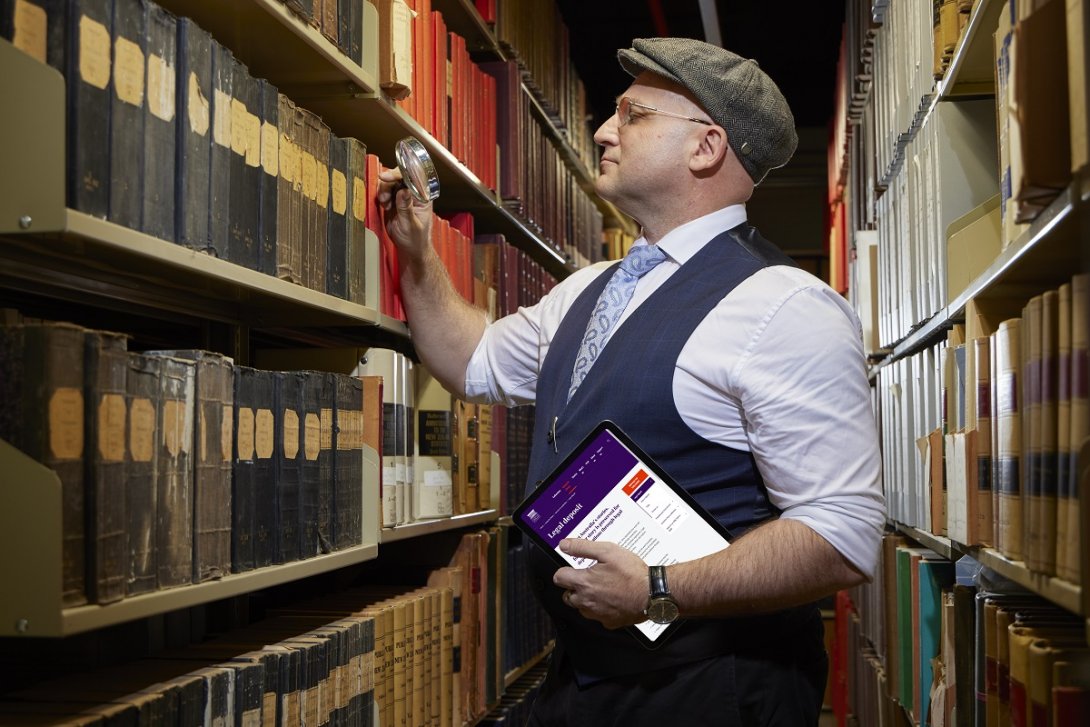
The modern detective story does much more than solve a crime. It investigates its cultural surroundings.
Murray S. Martin in The New Frontier in Australian Detective Fiction, Antipodes, 9(2), 1995
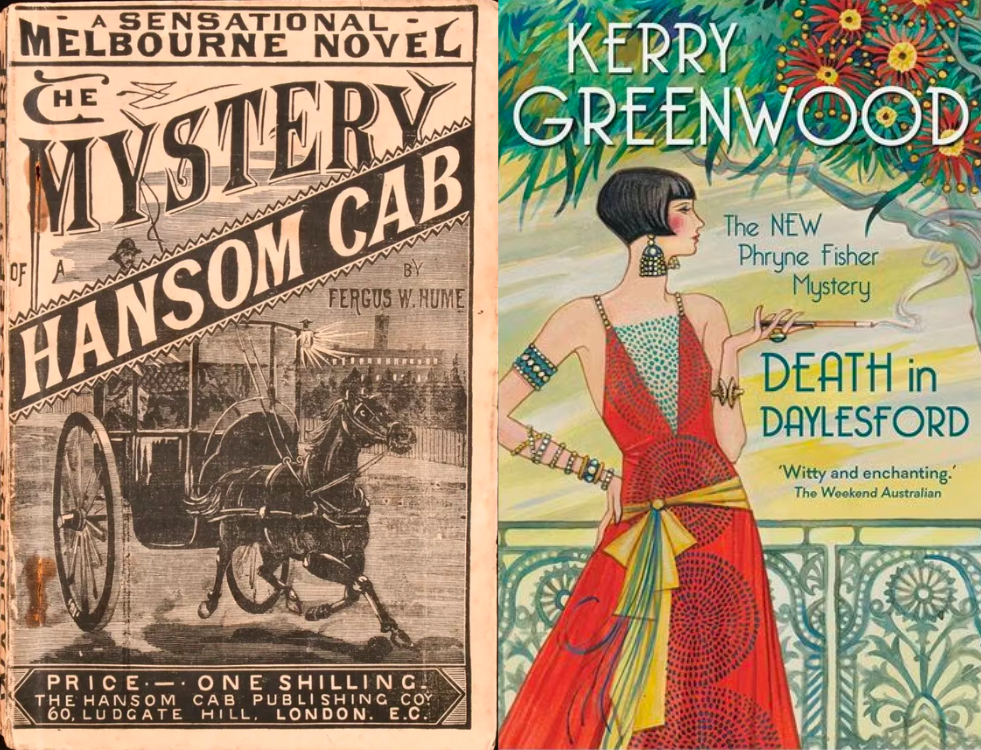
Place holds an important role in crime fiction; you can’t have a crime without a scene. Crime fiction immerses the reader in the setting, expecting you to find pieces in a puzzle alongside the investigator at the centre of the story. In Mystery of a Hansom Cab by Fergus Hume, 1880s Melbourne and its class tensions are explored as Detective Gorby seeks to uncover the mystery of a man found dead inside a cab. In the Phryne Fisher series by Kerry Greenwood, we are invited into the dizzying world of 1920s Melbourne and surrounds, shadowing the dazzling Miss Fisher as she uncovers dastardly plots and wayward schemes. Follow detective Gorby’s journey in an 1888 map of Melbourne, or see the kind of road map Phryne Fisher may have relied on to navigate around Melbourne in the 20s.
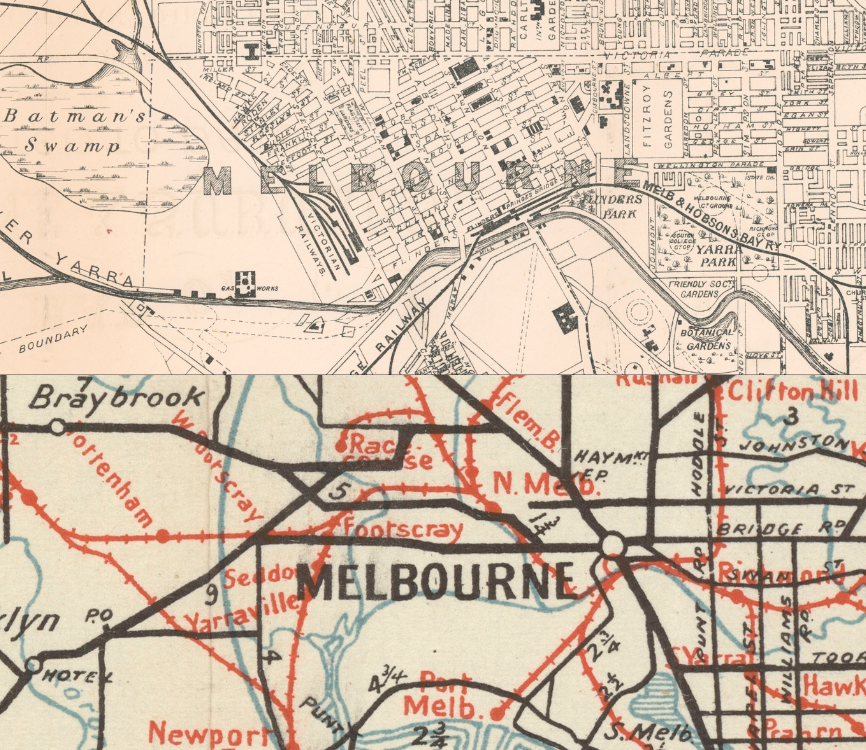
Claire McNab’s Sydney is a melting pot of cultures in the Carol Ashton series, and the tension of the gay rights movement in the 80s is reflected in the lesbian protagonist’s identity. Comparatively, Jon Cleary’s Sydney in the Scobie Malone series is one of politics and power; opposing governments jostle for control over Australia’s most populous city, referencing tensions from the 60s and 70s.
While fictional, both these stories speak to the emotions and tensions of the time and place they are depicting, which can be used by researchers and writers to better understand a setting in the past.
You can see Mardi Gras in the 1980s through the lens of William Yang with photos like the one you see below.

First Nations writers have explored identity and Country through crime fiction. The land and connection to Country feature heavily in stories such as Madukka the River Serpent by Julie Janson, a woman of the Burruberongal clan of Darug Nation, and Scream Black Murder by Kamilaroi man Phillip McLaren.
In Madukka, set in far western New South Wales, private investigator June Thomas tries to solve the disappearance of her cousin, an environmentalist investigating loss of water from the Darling River. Country, its past and its present, is central to the understanding of Aunty June and the community she navigates, and Janson writes on these connections with authority and care.
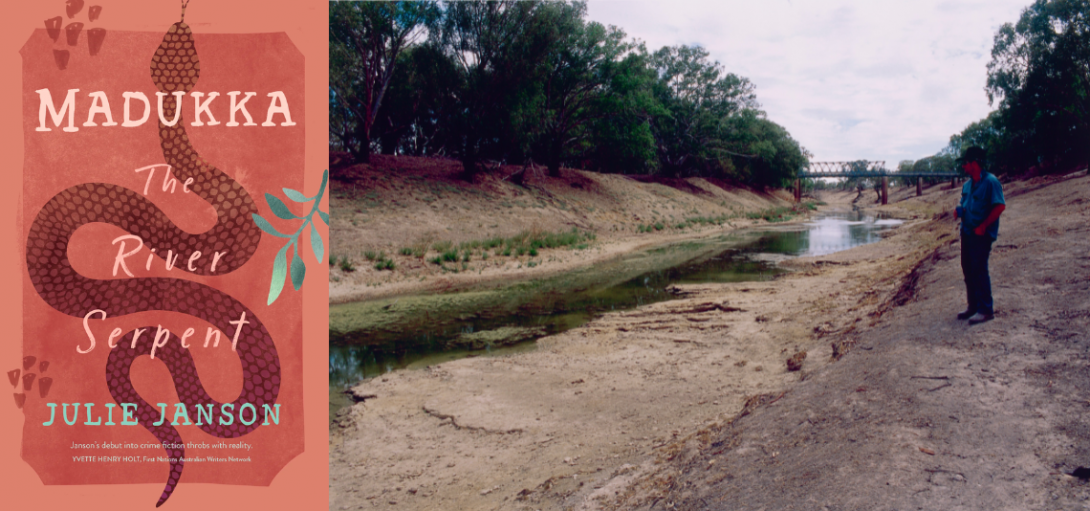
In Scream Black Murder, set in Redfern, McLaren explores the re-imagining of Country in the face of dispossession. Both detectives in McLaren’s story are disconnected from their histories, but each find connection to Country through the narrative.
In both stories Country, and the protagonists’ place within it, sits in contrast to the murder and loss. These narratives can help guide readers to explore truth-telling and the perspectives of First Nations writers through fiction.
The national collection also includes a wealth of non-fiction books written by First Nations authors, such as True Tracks: Respecting Indigenous Knowledge and Culture by Meriam/Wuthathi lawyer Dr Terri Janke, and Loving Country: A Guide to Sacred Australia by Bruce Pascoe and Vicky Shukuroglou, which readers and researchers can use to work towards gaining understanding of First Nations perspectives.
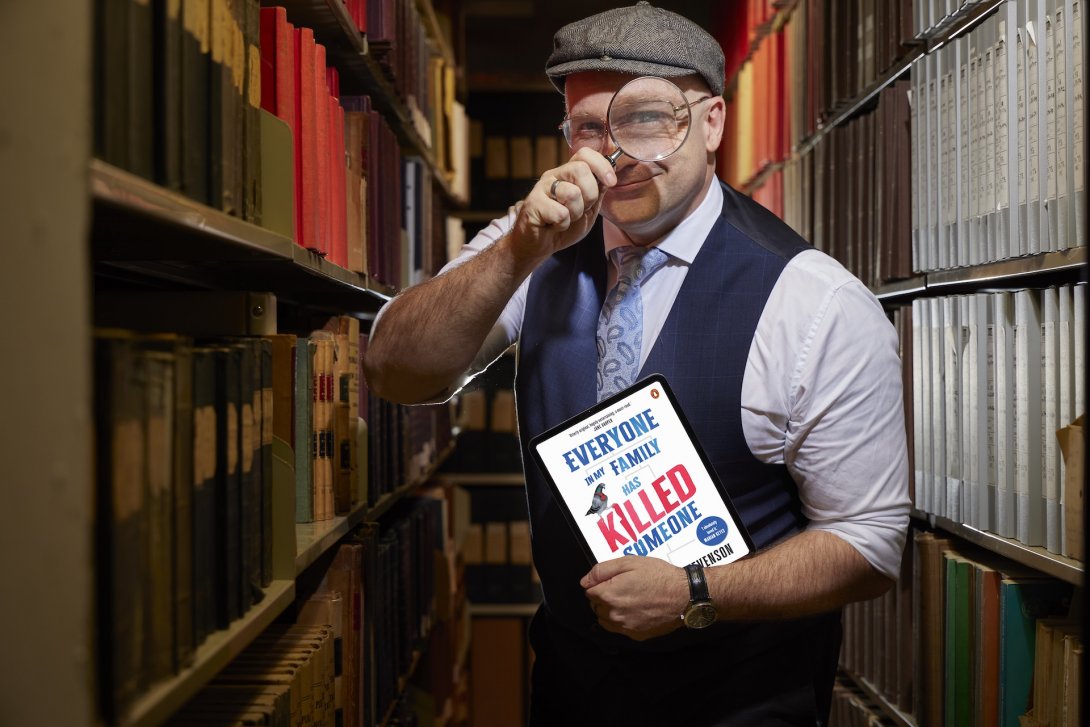
The Library's collection plays a vital role in preserving memories of a time and place, allowing us to discover how they can shape our stories. Legal deposit ensures all publications are preserved for future generations, forming a diverse and inclusive picture of the nation which captures what we are thinking, imagining, and writing about over time. Help us make sure every narrative is accounted for with legal deposit.
Write yourself into history, learn more about legal deposit.